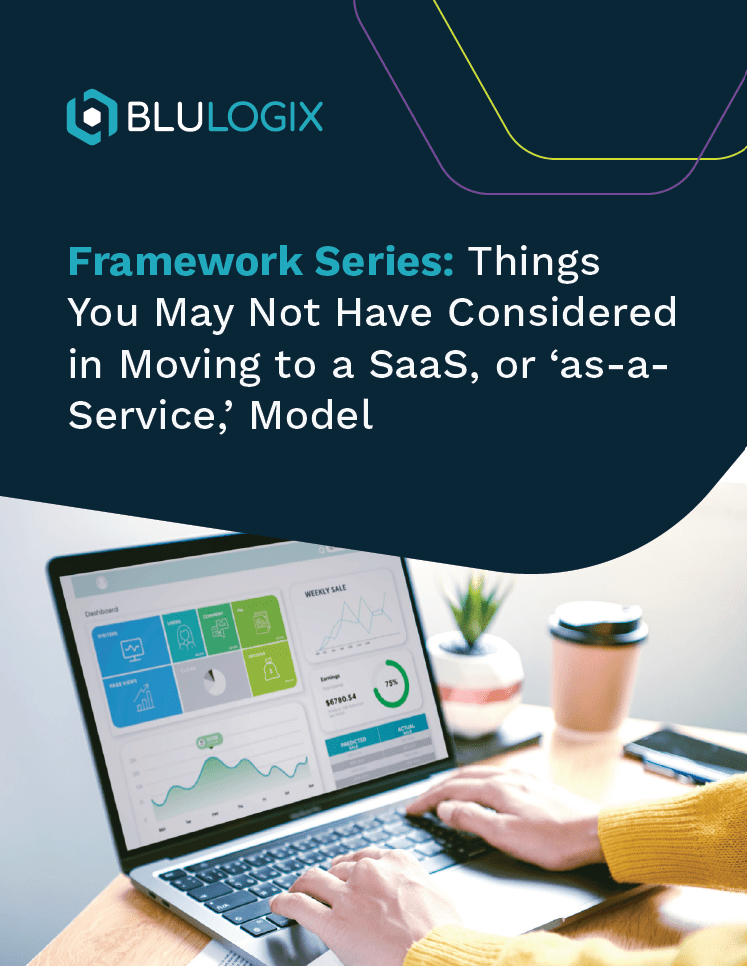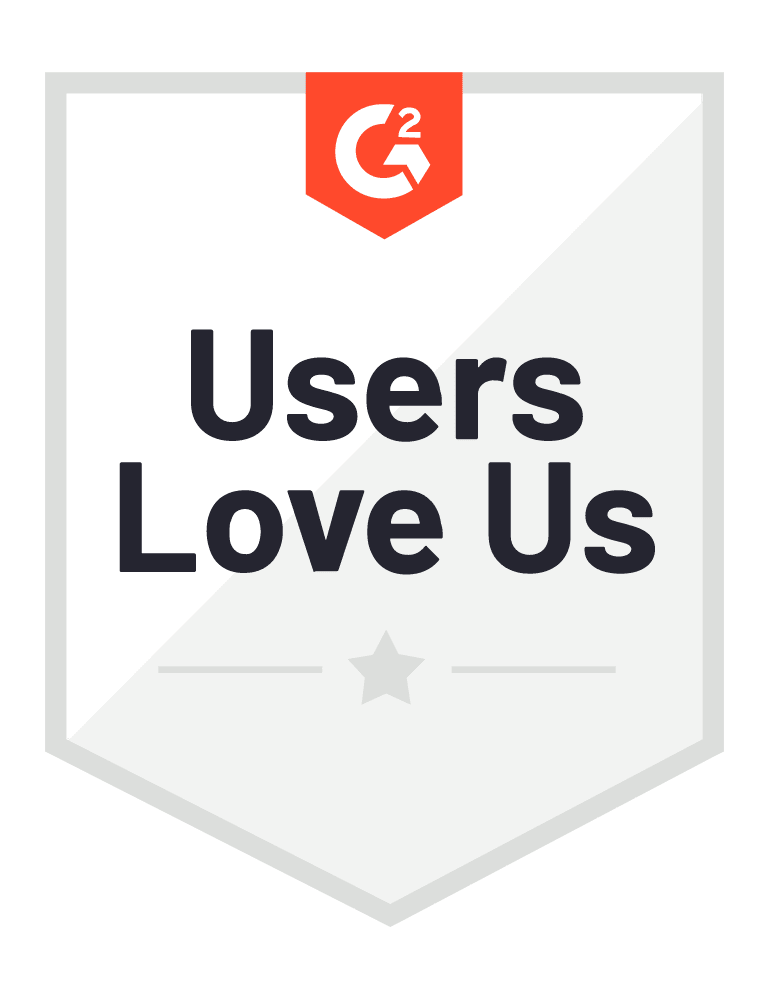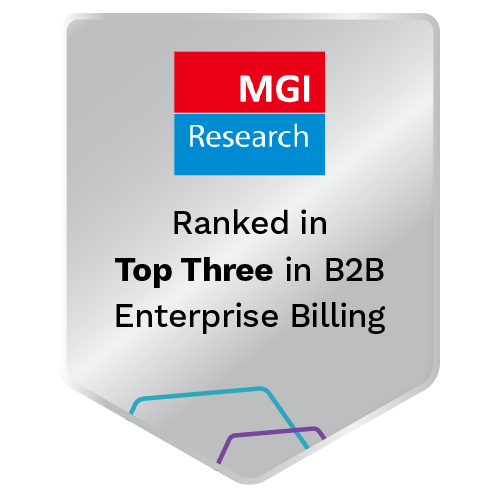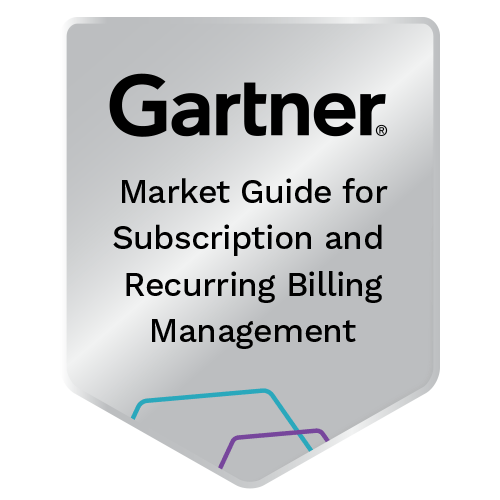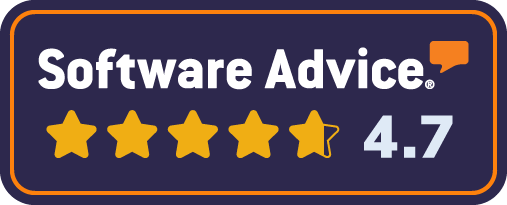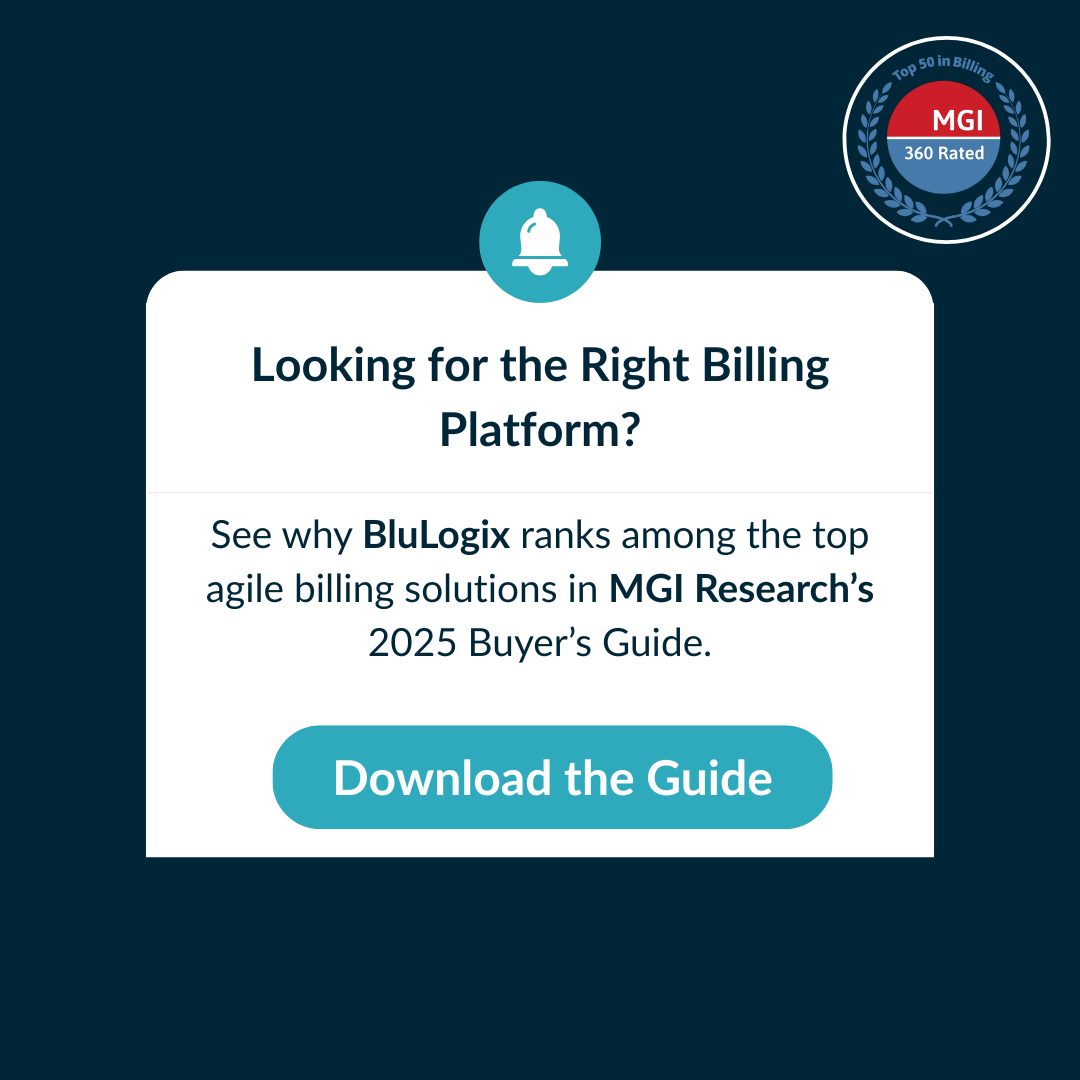Blulogix Whitepaper
Framework Series: Things You May Not Have Considered in Moving to a SaaS Model, or ‘as-a-service,’ Model
Table of Contents
Becoming an ‘as-a-Service’ Business
“as-a-Service” Is Actually Not a Service Model. It Is a Revenue Model.
Contrary to what many think, as-a-Service is not about how you deliver your offerings to the market. It’s a way to generate revenue – to grow your current revenue and generate new streams. You can take any product, service, or business offering that you deliver to your customers and transform it into an as-a-Service model. In this ebook, we’re going to discuss how to do just that.
Anyone Can Be an “as-a-Service” Model.
There are many examples across a wide variety of industries today of companies becoming as-a-Service. You don’t have to be in the cloud or a digital services business to transform a business and take advantage of the market trend dominating the growth landscape for companies of all industries.
The as-a-Service model has changed to ‘pay as you go,’ with drivers paying for what they consume. So if they put 100 miles on the car, they pay for that. If they put on 1,000 miles per month, then they pay for that.
Another model has also been introduced to the market to replace the standard leasing of cars. In the established model, a driver gets the car for a set period of time, and it’s theirs exclusively during that period, paying a specific monthly amount for that car.
The new model is a subscription for the same type of car. Drivers subscribe, and they use a car from a pool of cars of a certain class. Then, depending on use, pay as they go for X number of hours or X number of miles. This is a new concept for something that we never thought could be offered to the industry in an as-a- Service model.
Car Insurance
Traditionally, whether you’re driving a car 20 miles or 400 miles a week, you’re paying the same insurance. But now, especially after COVID, when cars are driven much less than they previously were, a new model has evolved. The as-a-Service model allows customers to leverage the ‘use’ model: if they are not driving their vehicles as much, they don’t pay the same insurance, because a car is not as at-risk as the car being driven hundreds of miles a month.
In the technology world, Cisco is a great example of a business migrating to an as-a-Service model.
They used to sell hardware that did different kinds of networking, security, and data processing, among other things. Customers paid for the box (and it wasn’t a small amount of money). They installed it in their data centers, then paid annual maintenance and still had to pay for software, upgrades, and a staff to manage it. Today, companies like Cisco are offering all of that on a subscription basis, even if they have to ship hardware to on-premises where customers put it in their data center. They are still taking care of upgrading the software, managing the configuration and upgrades, even upgrading the hardware as technology advances.
There is no business that cannot be delivered as-a-Service. Even managed services that were traditionally human contribution or professional services, where manpower and man hours used to be delivered for specific services, are now being offered as-a-Service, either with ‘pay as you go’ or a subscription to a specific package with professional services included.
“The driving as-a-Service model has created new flexibility in delivering this service. This model actually added more customers and created a new revenue stream.
It also broke the barrier of entry for those new customers that were interested in the service but were reluctant to buy.

Building the Catalog: What Are We Selling?
The first question to answer is how to take these services that you used to sell perpetually or transactionally and make them available as-a-Service. There is a transformation that needs to happen internally so your stakeholders understand what you used to sell and how you are repackaging that to make it available for a monthly or an annual subscription.

Software Companies
If you are selling software, the path to transitioning to subscription is relatively well navigated. Recreate or repackage services and list them as items in catalogs. You define in the catalog what you will make available to customers and how they would subscribe to it. You’re changing how you are charging for your services, regardless of how you deliver
- Itemize the services you are offering and start offering them so customers can buy them online, on a monthly or an annual basis. The process is redefining how you charge for your services or your products, deciding how much you want
to charge for that new service, and how you reconfigure your old perpetual license revenue to a more budget friendly recurring bill.
Product Companies
For product companies, the route requires more thought. One route to an as-a-Service model is to address obsolescence. Take a product that has a useful life of one or two years, and then a new model is released that is continuously enhanced and then replaced by new models later.
Your subscription offering can be at the product level to replenish upon release. “You get the latest and the newest every time; if you subscribe, I’ll ship you the product. I guarantee it.” You guarantee to update the new model if the customer subscribes. As long as the customer is paying for that subscription, every time there is a new model, either depending on what the product is or the value is, the customer can ship it back and get the new one or get an upgrade for it. So when there is a physical product that you can quantify an upgrade for, or if it has a certain life cycle, you can re-bundle it on a subscription model. Your customer benefits because they always have the newest version, and as the provider, you benefit because you have secured that customer for life.
It becomes a win-win situation with guaranteed recurring revenue, loyalty, and continuity from those customers, which has much greater value than just one transaction. It also lets you introduce a lot of dynamic changes, flexibility, structure, bundles, discount pricing, real-time reactions to the market, and lets you compete by making different offerings, upgrades, and downgrades.
That flexibility allows you to reach a bigger audience and get much more market share, giving you the opportunity to reach certain customers and market segments that you haven’t thought about before, either because of the entry barrier or because of the nature of the investment that’s required.
Now, by turning it into a subscription model, you definitely have access to a larger audience and converting more customers.
Establishing Sales Channels: How Are We Selling It?
Once you know what your offering is, the next questions are: How do I sell that? How do I reach my customers and my audience? How do I access the market?
Typically, like most industries and most businesses, you either do that with a direct model or with a channel model – a channel of agents, a channel of resellers, or a channel of distributors with different flavors.
Direct
For direct sales, you need to look at the electronic or digital commerce side. It’s critical that the customers can self-manage the service they buy for upgrades, downgrades, users, packages, bundles, and add-ons in order to scale. They need to conduct their financial transactions online, in a portal where they manage all of this with their own user ID and credentials.
For corporate customers, based on the role of the user within that company, they can access certain features and functionality on the channel itself.
Channel
What sits between direct and indirect sales across the as-a-Service spectrum is a concept called product led growth. Essentially, this refers to getting people into your product one way or another, and then as they continue to use the product, they use more of it, enabling you to take advantage of the upsell opportunity. Product led growth is the prevalent go-to market strategy in the as-a-Service model.
In this approach, there are three indirect channels that we see:
- Sales Agent: This is the easiest one to manage in many A manufacturer might be selling through a group of agents, and all the agent does is introduce the customer to the manufacturer, and then they get a commission based on the transaction. The agent doesn’t do any billing. There’s no overhead. For the right type of business use case, the agent channel is ideal.
We have a number of big providers that use this model. It does require some enablement, such as commissioning, but overall, it is a straightforward model from an indirect partner standpoint.
- Reseller Channel: This is a more traditional model, but it works well in the as-a-Service space as well, where a reseller would be buying the subscriptions by the “truck” and selling by the “box” to their customers and managing their own margins. This requires more enablement from the manufacturer, a little bit more management, and also requires more operations on the reseller They are responsible for fulfillment, customer requirements, and service requests. They may be taking tier one, even tier two support requests, and they are ultimately responsible for collecting the cash.
- Marketplace Model/Channel: This is a relatively new, but fast-growing approach. AWS marketplace is probably the most prevalent, Google and then Microsoft. This gives companies access to a large number of companies that are part of that community. Interestingly enough, in some of these models, the sales people get paid for all of the products and services that go through that channel. Then, there is the vendor marketplace. This is a marketplace in which the manufacturer may choose to stand up on their own and invite their strategic partners in to be able to bundle their products and services with that vendor or those manufactured products and services. This drives a ton of value because all of the transactions that go through these marketplaces are going through those who actually are enabling the marketplaces.

There is significant opportunity in this channel, and we recommend working with somebody that can help you put together a framework for it. One of the most successful models that we have seen out there when you implement a channel is to provide the tools that the channels need to deliver the service that you offer. Make them part of the tools in the platform that you deliver to them and help them use the tools, because some of them may not have the capacity or the bandwidth to buy their own infrastructure to do that.
This is one of the keys to successful channel enablement.
Structuring for Success: How Are We Driving Customers’ Loyalty for Recurring Revenue?
One of the strongest benefits of recurring revenue is the fact that it’s actually recurring, so as you are going through this journey, you want to make sure the investment of recurring revenue impacts the customer and the customer’s loyalty, and that the continuity of business is protected and maintained, and that the process is smooth without introducing new overheads to manage that continuity and renewal.

Concepts to consider in planning:
- Contract management that ties the customer to you as they are using the service and makes it easy for them to It also needs to,
for the provider, manage that process, the continuity, and the customer’s attention, in an easy way. There’s a significant difference between doing 100 transactions a month in a transaction business versus doing 100,000 transactions in a month-to -month business. That is the nature of the recurring and the subscription business.
You need to make sure that the renewal processes are automated, that you’re not having to dedicate manual hours to it. It is impossible to manage 100,000 renewals in a spreadsheet, so it becomes overhead, and the cost of scaling the business becomes uneconomical. Contract management provides the right tools that are automated to manage renewals, because that renewal process can become very complex. Do I renew on the same terms? Do I offer some upgrades? Do I take this as a business opportunity to reach out to
the customer and let them know that we’ve got new offerings, new services? It is a way to not only keep the existing recurring revenue running, but also keep the relationship with the customer healthy, developing, and growing.
- Take advantage of the opportunity presented by the For some customers and some packages, renewal is an opportunity to upsell, to make them aware of services that are related to their subscription.
In the telecom industry, for example, customers buy an item and are presented with a relevant offer. What we have selected for that upselling concept can also become part of the extension and continuity of the business relationship.
And then you get flexibility. The customer buys more, they get a discount, and they extend the contract value or the contract term by X number of years and get a discount for that. Or the customer pays a year in advance, which is a big value to the provider cash-wise and in terms of loyalty and retention, and the customer gets a discount. This flexibility in your tools is key to transforming the business.
Leveraging the Right Tools to Move to XaaS: How Are We Executing It?
When you change to a subscription model, the choice of tools and platform becomes more critical than ever because that platform is going to become your revenue growth tool and dictate your capability to generate ARR. When you think about the full life cycle of what you sell, you need to think about not only the actual service that you deliver to the customers but also about the platform that governs your systems:
- Between the accounting system, the CRM, and the marketing tools, you can quickly end up having to deal with 5, 6, 7, or 10 platforms, just to be able to manage this one part of your business. There are real platforms that can deliver or offer tools in the same place to help you manage that transformation.
- Tools exist that can help you manage the revenue you generate from subscriptions and monetize the variety of services and products you may have.
- Automated tools exist that scale with You cannot, with a high-volume business, simply throw more people at your problems the way you can when you’re a small company. It can very easily slip out of control. You need to have process automation and integration to scale the business and be able to manage a large volume of transactions.
- Tools exist that integrate platform-wise with the technologies and software that you may be using already for something else, including accounting ERP and financial packages on one side and the CRM on the other.
- Native integrations that actually happen without daily human intervention, so that you can scale the business and manage it
- Platforms exist that are adaptable to your If you are in the healthcare business, for example, and you choose a platform that only works in telecom, you will need customizations, and the platform may not work with these changes. When your chosen platform adapts to your business, you will have the flexibility of pricing, bundles, upgrades, channel management, service provisioning, and delivery logistics.
Tool and platform selection is critical to growing revenue, automating and scaling your business, and controlling and being on top of your margin.
Relying on Your Performance Dashboard: How Are We Measuring and Managing It?
It’s critical to focus on design so you can develop an analytics dashboard that guarantees you have full visibility into what is happening in the business.
You’ll need:
- A dashboard that covers the revenue side, identifying sales trends such as which product and channel is selling, which product has the best traction, what sector is generating the most bookings, and any seasonal or market- driven
- A dashboard for operations, for finance, and other discrete functions that impact the business, so that you’ve got immediate visibility into everything in real time and you can make the right data-driven decisions at the right time.
- Visibility into the margins in real time, because the transaction volume is high and the ability to modify in real time is more critical than
- Tools to control your revenue recognition. You’re growing not only the income, the revenue, but also net profit. If you introduce annual packages and you’re collecting money in advance, there are compliance issues to consider, as you recognize your revenue based on the service Additionally, there are standards that you need to comply with so that revenue recognition is managed correctly in your compliance in tax reporting, and that you are accurately reporting and representing your revenue with tools that ensure it is managed in the right way.
- Dashboards that are updated in real time. You cannot only look at monthly data. You can’t just wait until the end of the month to know that, at the end of the month, I made this much margin on my overall business. You need granularity, visibility into a variety of details, like what margin is being made on this product in this sector, or for a specific customer.
- This is how you grow and control growth; select the right product, select the right mix, select the right This information needs to be available along with your revenue reports and with your billing transactions, so you can make the right decisions.
Conclusion
‘as-a-Service’ is a revenue model, not a service model. So even those industries that we initially thought could not be changed into a subscription model are now being offered in some form of subscription model that allows customers to make the decision about their investments – if they can make an investment in a technology or a product, which starts at $1 million dollars, for example, now a customer can get the same service for $20,000 a month. You’ve given them the CapEx versus OPEX investment choice and preserved your revenue streams. This is why the subscription model is becoming very attractive to a lot of businesses.
You can practically apply this process to most of the industries we know today, and given the migration of business in general to an ‘on-demand’ ‘as-a- Service’ model, now is the best time to start your transition to that model. By executing quickly, you can avoid revenue disruption as your customers move to more user-friendly models.
Reviews

Michael R.
President, Allnet Air Inc. - Telecommunications
Best Outsourced Billing for Mobility

Karen R.
Manager, Cloud Billing - Computer Software
BluLogix has been a great partner.
“Over the last several years, I have seen continual enhancements and additions to the platform. BluLogix has created a comprehensive solution for users. They provide great communication regarding upgrades and address concerns thoroughly and timely.”

Sara K.
Marketing, Graphic Design & Social Media Management - Marketing and Advertising
Fantastic platform. Recommend!

